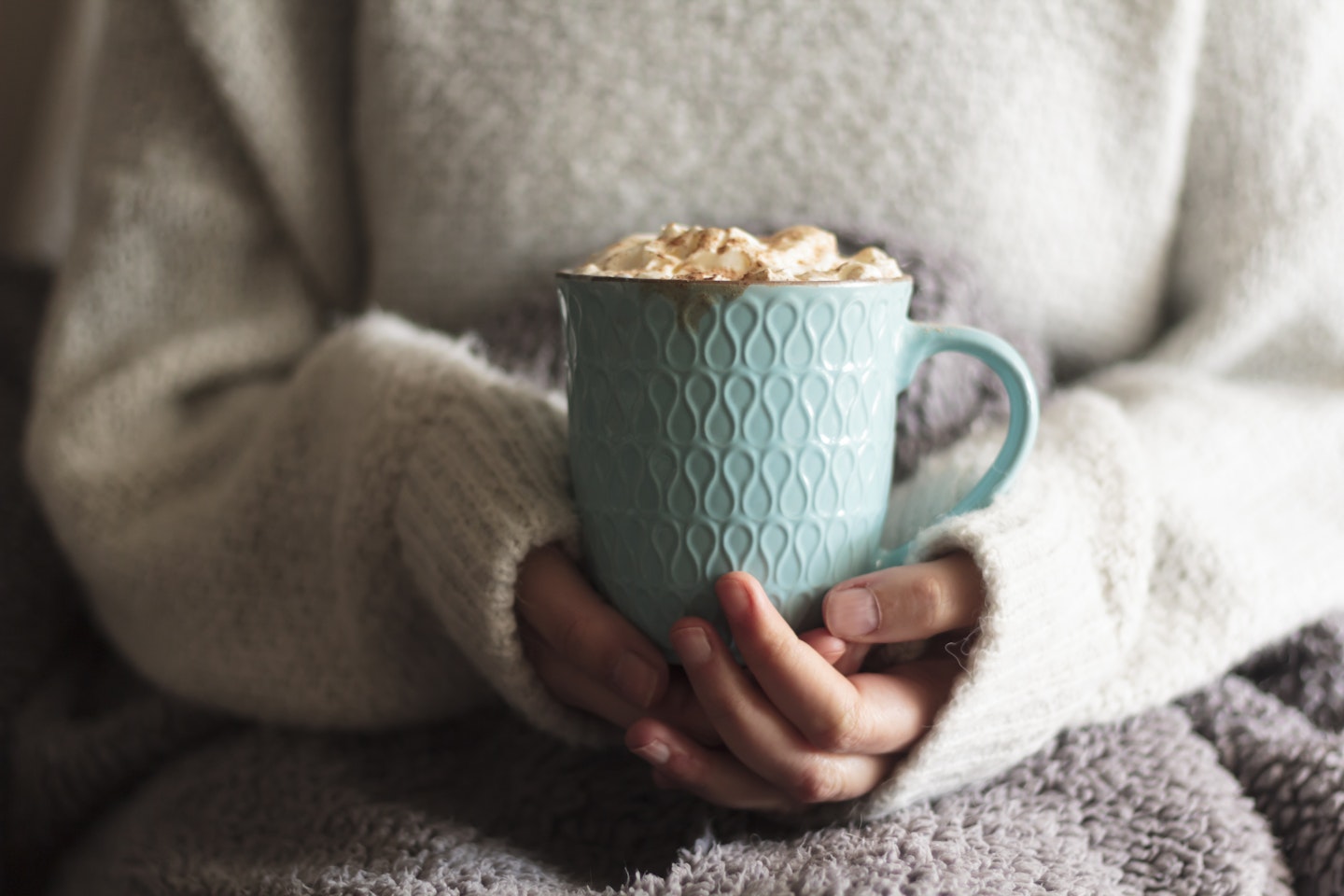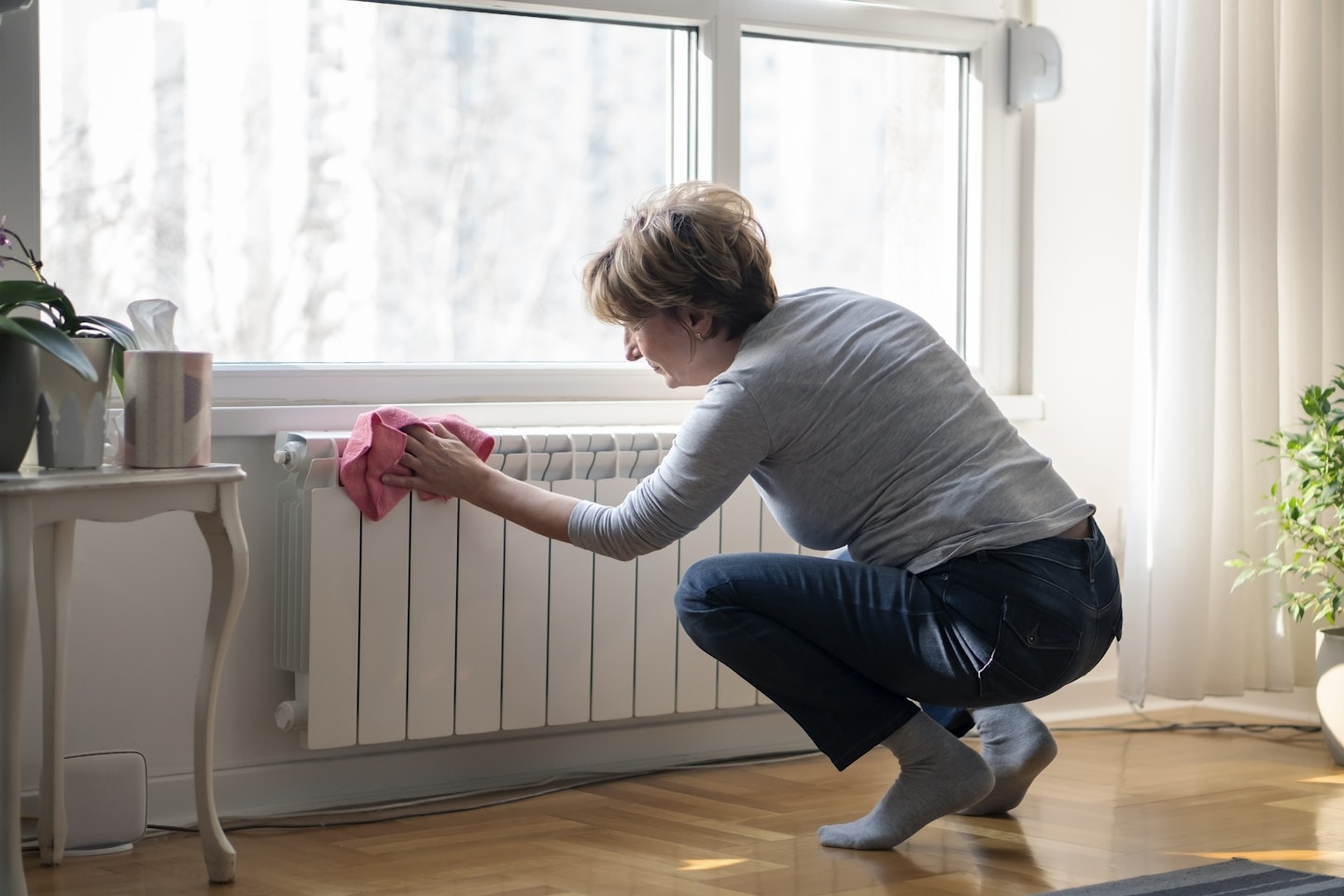As the seasons change and it starts to feel colder, you may be asking yourself, "When should you turn your heating on?". But with all of us feeling the pinch this year, especially with rising food prices and higher bills, many are considering holding off for as long as possible. Here are our tips for the best time to turn your central heating on for the first time after summer, as well as how to be more efficient and save money on your gas bills.
When you start to feel the chill can depend on how well insulated your home is, as well as its age and even the direction it faces. Every home will be different. Your own comfort thresholds may also differ, even from others in your household.
This said, most people turn on their heating when the clocks go back, which this year is on the 29th October.
The best way to control your heating is with a thermostat, that way if it does drop below a certain temperature your heating will kick in, but if it gets warm again – as our British weather does like to be unpredictable – you won't be forking out for unnecessary heating costs.
Your thermostat should be set to 18-21°C – just one degree lower than you usually set it can save you £80 a year, according to the Energy Saving Trust. Rather than keeping your heating on constantly, set it to come on just before you get up, and off just before you go to bed. If it’s very cold, don’t turn up the thermostat, set the heating to come on a bit earlier instead.
16 tips to stay warm without turning the heating up
1) Get a smart thermostat
Consider installing a smart thermostat so you can control heating remotely from your mobile, tablet or laptop meaning your home is only warm when you need it to be. Which system you choose will depend on your needs. For example, Google’s Nest (£249 including installation, nest.com) adapts your home’s temperature to your behaviour by monitoring your daily habits.
A smart meter can also help you monitor and reduce your daily energy usage.
2) Wear more layers
This is a simple one, but throwing on an extra layer rather than turning up your heating will help insulate your body and make it easier to regulate your body temperature. Put blankets on sofas and beds and swap that summer duvet for a snuggly winter one by choosing a duvet with a thicker tog rating. Wrap up in layers of thermals clothing made from wool, cotton and fleece material, as these will keep you the warmest.
You could even wear your everyday clothing on top of some thermals or dig out a hot-water bottle for extra warmth. We also love an electric blanket in the winter and they're surprisingly cheap to run. Alternatively, why not pick up an Oodie alternative?
3) Draught-proof your home
A chilly draught will cause heat to escape from your home, so you’ll be more tempted to turn up the heating. Prevent this by buying a draught-proofing kit, sealing cracks in the floors, skirting boards and blocking unused chimneys.
The Met Office recommends having 10-11 inches of insulation in your loft to prevent the hot air from escaping. Any less and it should be topped up.
4) Keep your toes toasty
Our feet play a vital role in regulating our body temperature, so if they’re cold it’s most likely you will be too! Keep them comfortable and cosy by layering them in a pair of thick socks (thermal socks are great for keeping in the heat) and a good quality pair of slippers.
5) Drink and eat hot beverages and food

Warm yourself up from the inside by eating hearty warm meals, such as soups and stews. Hot drinks like tea, coffee and hot chocolate are also great for doing this, plus cradling a hot cup between your hands will keep them nice and warm. Avoid drinking alcohol, because while it opens your blood vessels just below the skin, allowing more heat and blood to flow through them, it actually stops heat reaching your vital organs.
6) Leave the oven door open
Recycle the heat from your oven by keeping the door slightly ajar for 10–15 minutes after you’ve cooked your dinner, as it will allow the hot air to escape and add heat to the room. Never use your oven as a primary source of heat though, especially if it uses natural gas, as burning this for a long time can increase carbon monoxide levels in your home.
7) Don’t run the bathroom fan after showering
By switching off the extractor fan and leaving the bathroom door open, you can apply the same rule as with your oven to showering. Humid air is warm air, so leave the bathroom door wide open to allow the humidity to escape to other parts of your house.
8) Stay active
The more we move the more blood we get flowing around our body keeping us warm. Avoid sitting down for long periods of time and try to move around every hour if you can, even if it’s just for five minutes to do some hoovering.
9) Keep doors shut and close blinds
Keep draughts out and heat in by closing your doors and covering your keyholes with a keyhole cover. If you have blinds or curtains, close them too, better still, you can even buy thermal linings for curtains. These steps will help your home be better insulated.
10) Stay upstairs
If you have multiple levels in your house then try spending more time upstairs. Hot air rises, so if you can, work or spend more time up there to benefit from the warmer air.
11) Make some hand and feet warmers
Makeshift hand warmers couldn’t be easier and will help you feel warmer overall. Simply fill a pair of old socks with uncooked rice and tie up the ends, then place them in the microwave for a minute or two and voila, you have your very own hand and bed warmers. If you don’t fancy making them, it's relatively inexpensive to buy rechargeable hand warmers.
12) Use a humidifier
Humid air can generally feel warmer (like when you get out of the shower), but having your heating on high during the colder months strips the humidity from the air, which can make the air in your home feel cooler. To counteract this, use a home humidifier. Just make sure to opt for a humidifier that blows out warm air, as opposed to cold.
13) Use soft furnishings
As mentioned above, curtains can make a big difference when it comes to cutting your energy bills as they help insulate common areas where our houses lose heat, such as around the windows. If you have hard floors, investing in a plush rug will also help to prevent heat loss.
14) Don't block your radiators
Common habits such as drying clothes on your radiators can make them less efficient at heating your home. While your clothes are drying, your room won't be getting much warmer, so your boiler will keep pumping out heat, therefore increasing costs. If you have radiator covers this can also prevent heat from being dispersed effectively – so these may be worth temporarily removing for winter.

15) Give your radiators some TLC
A build up of dust is a major culprit of less efficient radiators, so be sure to give them a good clean before you switch on the heating. You can use a vacuum, or there are also specialist radiator brushes so you can get right into every nook and cranny and clean your radiator properly.
Bleeding your radiator will also ensure water is circulating properly and your system is at its best – you can check if your radiator needs bleeding by feeling where the heat is coming from, if it's warm at the bottom but cold at the top then it needs a bleed.
16) Be strategic when turning on your heating
When it's going to be a particularly chilly day, use the timer on your boiler to set the heating so that it comes on when you wake up and turns off before you leave the house. You can also set it so that it's on for an hour when you get home. That way, you'll only be using it during those times when it's really cold and you need to warm yourself up before you follow any of the tips above. Plus, you won't be wasting any energy when you're not at home.
To enjoy more regular stories just like this, become a Yours subscriber and become part of our fun and friendly community of like-minded readers.
What time should you put your heating on?
If you want to get the timing just right, it's best to set your heating to come on just before you wake up in the morning, and turn off around an hour before you leave your home or go to sleep. This is the best way to keep yourself nice and warm in your home without using unnecessary energy.
Stephanie Anthony is the Deputy Digital Editor of Yours.co.uk. Having worked across a variety of topics, from travel and food to pharmaceuticals, she also has a particular interest in mental health and wellness. She has a house full of pets with two dogs and two cats.

